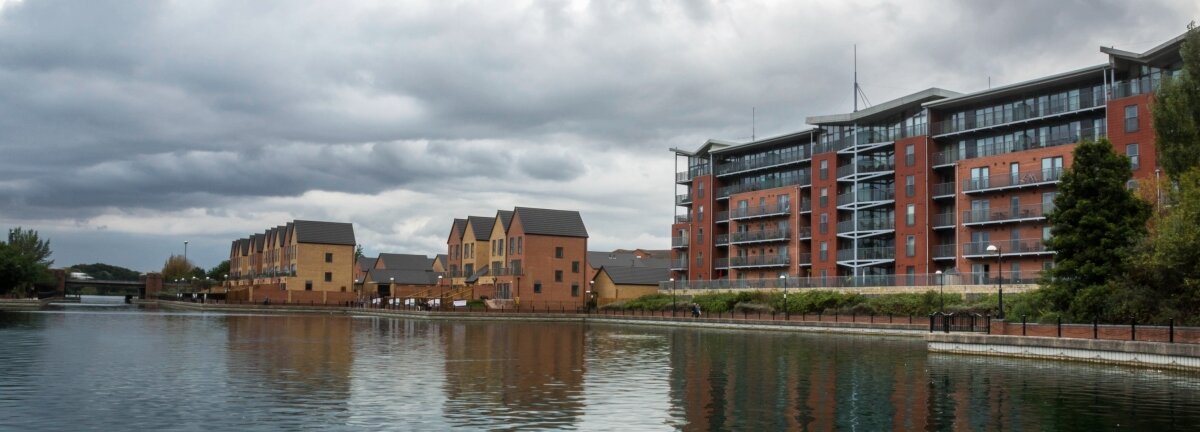Doncaster Council: Embedding user-centred design in local government

In 2017, Doncaster Council participiated in our Design in the Public Sector programme. Their aim was to use design thinking to help address public health issues in their area. We caught up with Head of Service David Ayre to find about his experiences and reflections on the programme.
We’ve been fortunate enough to have the opportunity to do some great projects in Doncaster recently. Like, really great. They’ve shown us the art of the possible and given us a platform to move from a performance led culture to one more grounded in participatory research.
But these projects have all relied on external help to actually do stuff. Working with Uscreates, Innovation Unit, Eclipse Experience — we’ve learned so much as a team and a council, and were ready to start tying our own shoelaces. After applying for support from Design Council to develop a design-led approach to public health, we had the chance to do our own homework, if you will.
The result? A small but perfectly formed team of four from across health partners and the council set out with an idea and a desire to learn. As you’d expect, we started off with massive, possibly incoherent, plans but we iterated and refined the scope to a more sensible and manageable project, eventually focussing in on supporting people with a particular health challenge (COPD) in one part of our borough where there is a particularly high prevalence.
Overall, we continued to learn and grow from the process. The amount of tailored support was really helpful to make sure we stayed true to the process, and ensured that we kept user needs at the heart of everything we did. There were some absolute gems in the learning we’ve taken away from it — crit sessions, ‘rose, bud, thorn’, the importance of storyboards (shout out to Mr Spears, my GCSE art teacher for the help with this one — couldn’t have done it without you, Sir).
Ultimately, it was about stickability though — by practically applying what we were learning we all got to consistently reinforce what we were learning. It is a credit to the facilitators but also the strength of the tools and methods used that everyone was able to pick them up and run with them, including those who hadn’t had the opportunity to work in this way before.
I feel fortunate enough to have been exposed to user-centred design throughout my career, but not all the team had. Due to the fact that for so long our ways of working have focussed on performance data rather than user-insight, one team member who has worked in the NHS for over 30 years spoke about how doing the user research on this project was the first time they’d spoken directly to a patient in that time. Think about that for a second, and if that doesn’t blow your mind then nothing will.
That’s not to say the experience was perfect, though. To us (and this wasn’t shared by every council who took part) it felt like the 6 week period between sessions was too long, and that a series of agile sprints could have potentially worked better. When we replicate this approach in other projects, we’ll be advocating for that, for sure.
We’ve ended up with three (low fidelity) prototypes that we can test at the end of it all. We’ve got a location, an identified group of residents, and the support of the Director of Public Health, not just for the prototypes but the insight led approach overall. All of which feels pretty great.
It raised a question for me, though, about where good design goes. To make real headway, it needs to operate from the balcony and the dancefloor — informing strategy and policy, whilst also helping make operational changes that can make an immediate difference. I can’t help but feel that it too often delivers the latter, without bridging to the former. You could also argue that more ‘traditional’ organisational change methods make headway in changing strategy and policy without actually having an impact on the front line. How we meet these challenges feels like our next design project.
This blog first appeared on Medium.
Design in the Public Sector aims to help local authorities commission and deliver improvements to public health services. The programme builds an understanding of how design practices can enable local government professionals to shape and deliver improved services.
Subscribe to our newsletter
Want to keep up with the latest from the Design Council?
